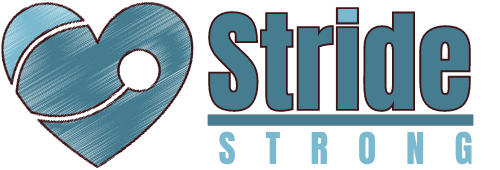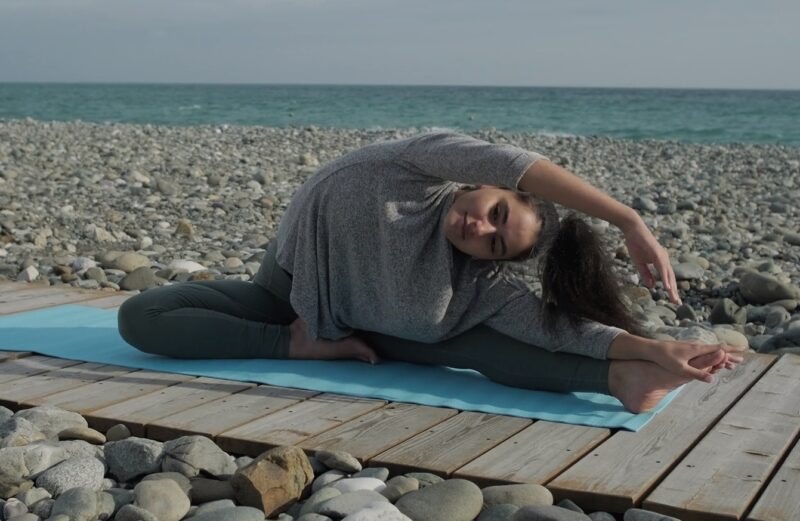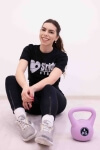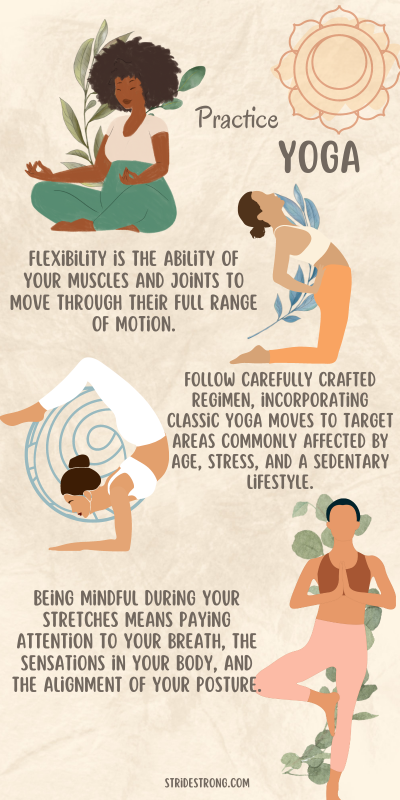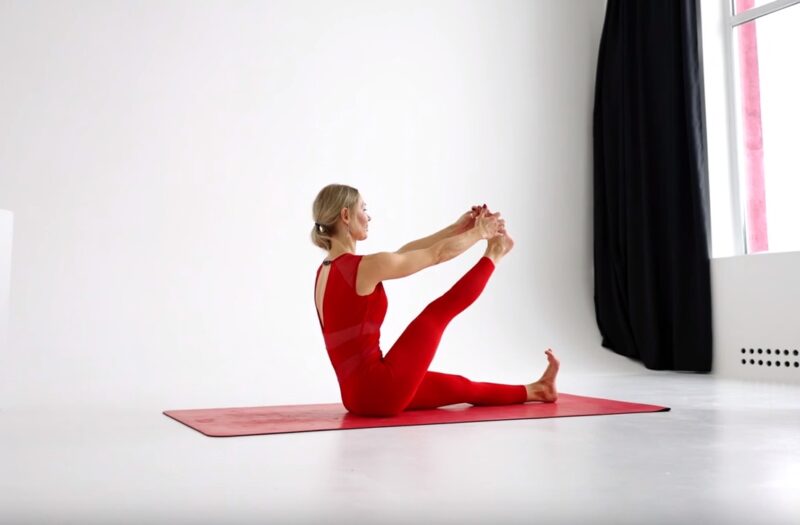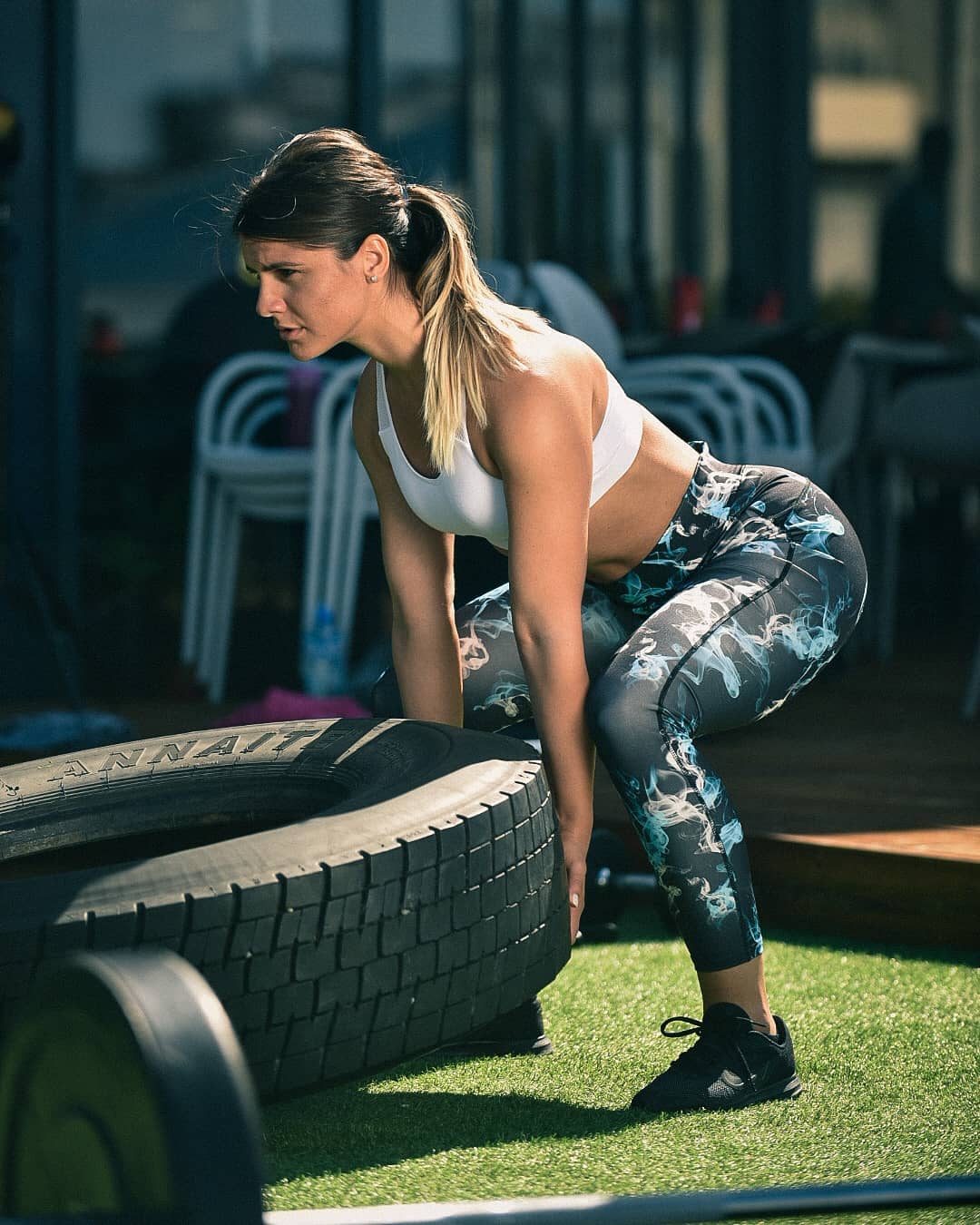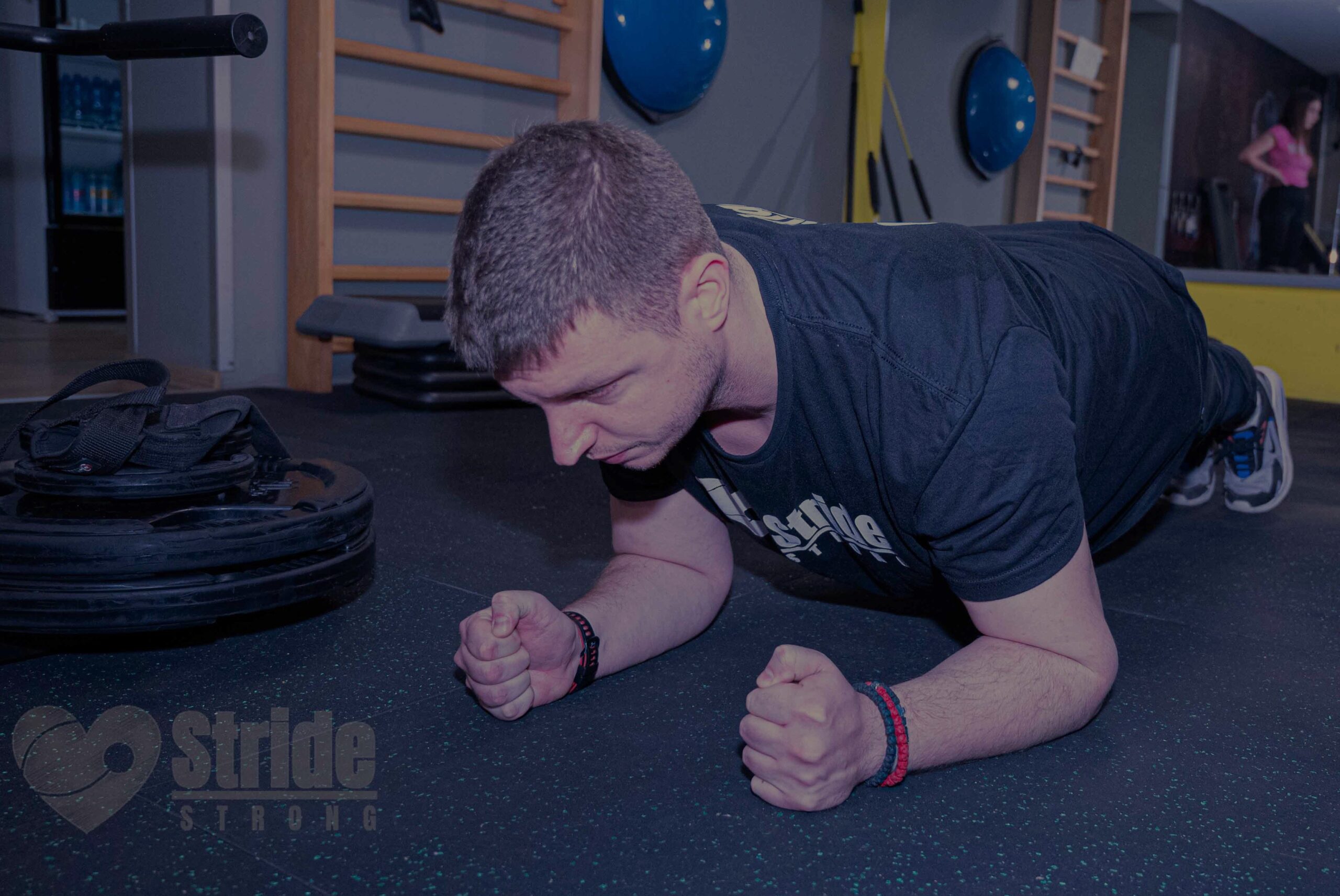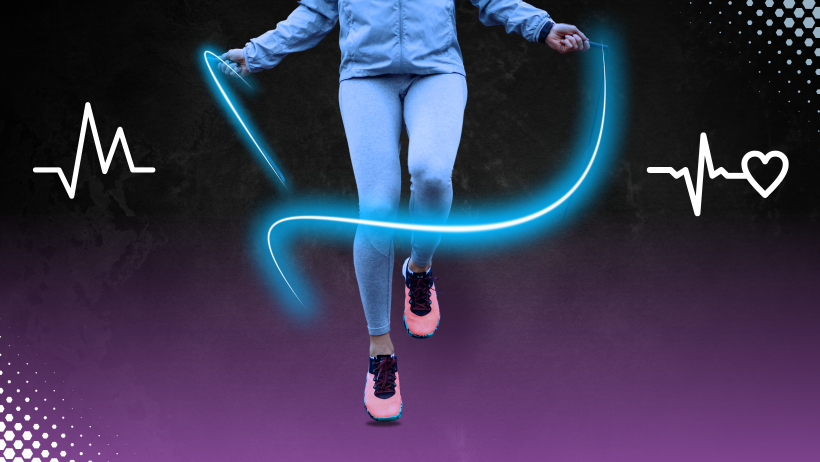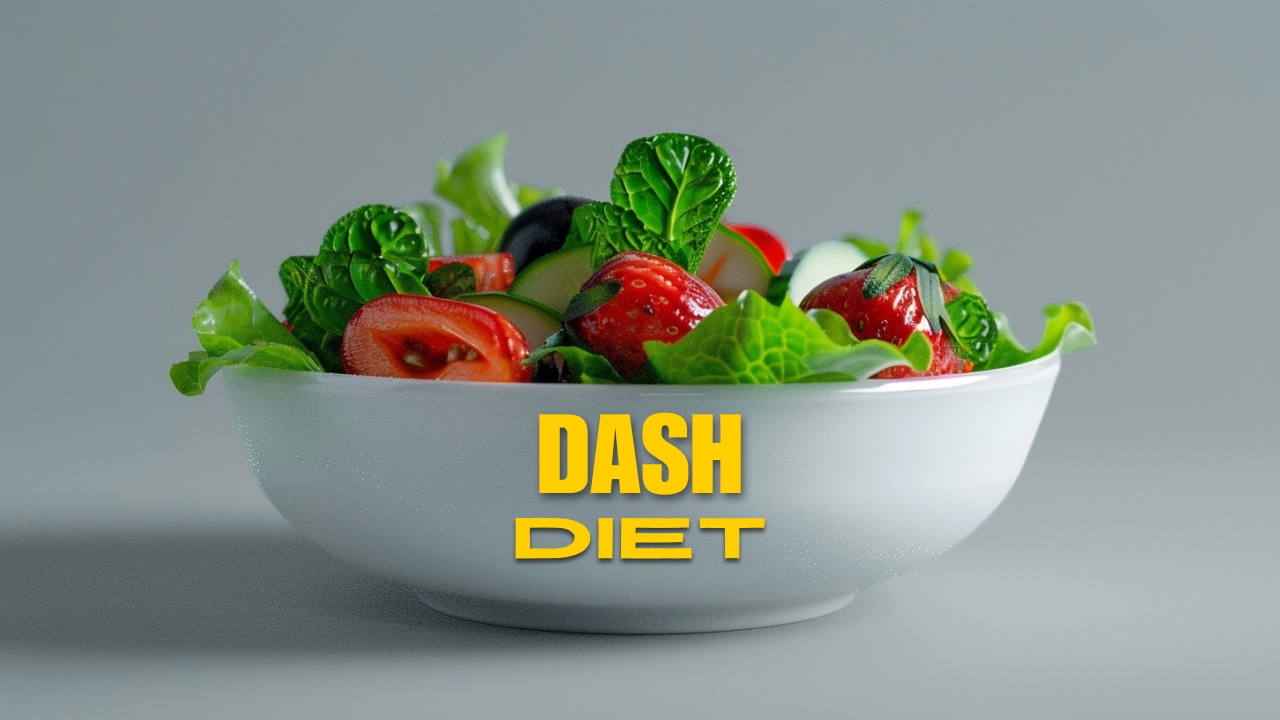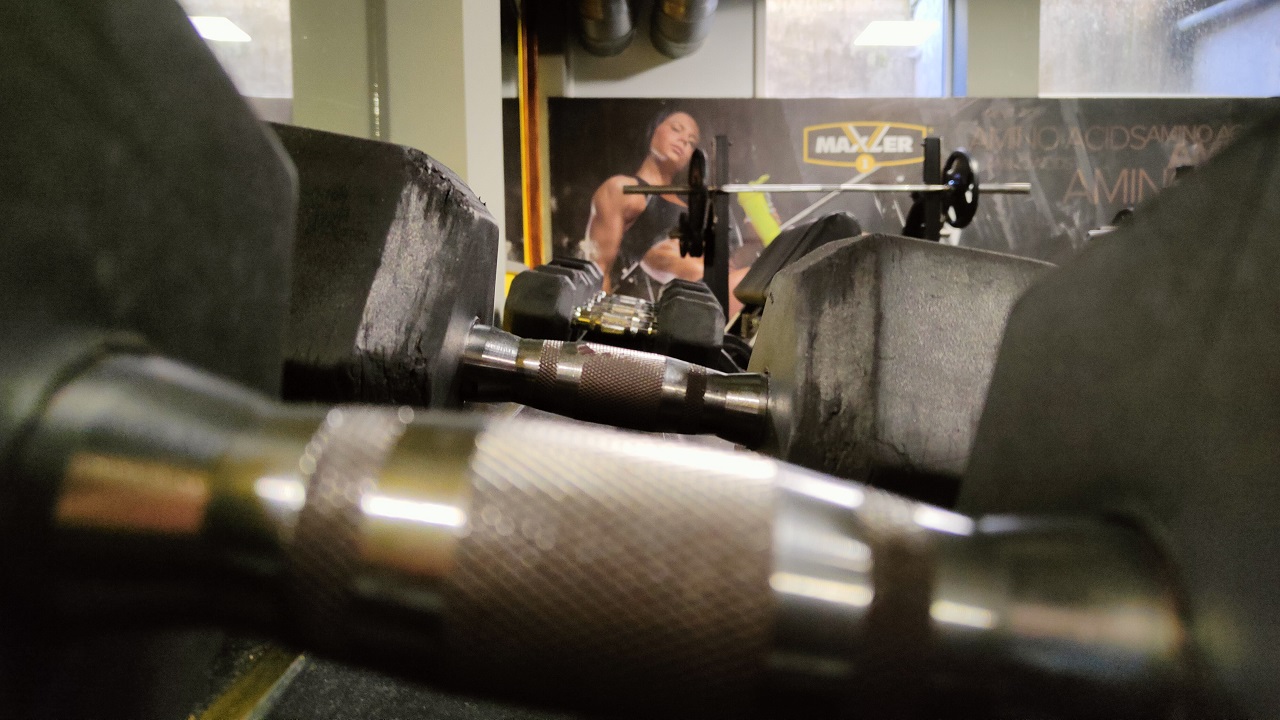Flexibility is a cornerstone of physical fitness, often overshadowed by strength and endurance.
Yet, its importance cannot be overstated, especially in our modern lifestyle characterized by prolonged sitting and screen time.
If you want to enhance your flexibility, you’ve come to the right place. In this guide, I’ll discuss a practical 30-day challenge to improve your flexibility inspired by the timeless principles of yoga.
What Does the 30-Day Flexibility Challenge Entail?
This program, specifically designed for beginners, is a carefully crafted regimen that uses classic yoga moves to target areas commonly affected by age, stress, and a sedentary lifestyle.
Many of us forget to stretch simply because it’s not part of our daily routine. To change that, I challenge you to try a five-minute stretch routine every day for a month. Just five minutes can positively impact both your body and mind.
To keep yourself on track, set a daily reminder on your phone or stick a note somewhere visible like your fridge or bathroom mirror. Once you start to feel the benefits, stretching might just become a natural part of your day.
After 15 days, try to increase your stretching to 10 minutes. If that doesn’t fit into your schedule, you can continue with five minutes or split it into two five-minute sessions—one in the morning and another in the evening.
You only need a yoga mat and a commitment to dedicate a few minutes each day to this challenge.
Did You Know: Stretching enhances flexibility, improving range of motion and circulation, potentially leading to more enjoyable and satisfying experiences in the bedroom.1. Begin and End Each Day with Static Stretches
Static stretches involve deep, isolated stretching where you hold a muscle in a stretched position for about 30 seconds. Incorporating static stretches both at the start and the end of your day for 5 to 10 minutes can significantly enhance your muscle flexibility.
Some common static stretches include:
- Forward fold (touching your toes)
- Standing quad stretch
- Cross-body shoulder stretch
- Seated single-leg hamstring stretch
- Triceps stretch
- Seated twist
- Butterfly stretch
- Child’s pose
- Overhead side reach
Advanced static stretches:
- Pigeon pose
- Figure four
- Plow pose
2. Incorporate Dynamic Stretches Around Your Workout
Dynamic stretches involve moving your muscles and joints through their full range of motion, which feels more vigorous than static stretching and can increase your heart rate. These stretches help engage multiple muscles simultaneously and are excellent for warming up before exercise and cooling down afterward.
Some dynamic stretches include:
- Cat-cow pose
- Squat-to-stand
- Downward dog to cobra
- Kneeling lunge stretch
- Cossack squats
- Walking knee-to-chest
- Toy soldiers
- Iron cross and scorpion
- Wall angels
3. Incorporate Muscle Mashing Weekly
Using techniques like foam rolling or self-myofascial release can break up adhesions in your fascia and muscle tissue, often referred to as “muscle knots”. These techniques can be performed using tools like foam rollers, lacrosse balls, or massage guns.
Some effective myofascial release exercises include:
- Foam roller sit-ups
- Foot rolls with a lacrosse ball
- Figure four stretch on a lacrosse ball
- Quadriceps foam roll
- Hamstrings foam roll
- Calf rolls with a lacrosse ball or foam roller
4. Practice Rotational Movements
Rotational exercises can significantly influence your overall flexibility, especially in your spine, hips, and shoulders, which are critical for most daily movements. Actively practicing these exercises can unlock greater flexibility and ease of movement.
Some rotational exercises to improve flexibility include:
- Shoulder internal and external rotation
- Shoulder upward external rotation
- Seated hip internal and external rotation
- Standing hip internal and external rotation
- Shinbox
- Windmills
- Seated spinal twist (alternating)
Measuring Progress
To track your progress, two flexibility tests are recommended:
- Hamstring Test: Measure how far you can reach toward your toes.
- Shoulder Test: Assess your ability to clasp your hands behind your back.
Perform these tests at the beginning, middle, and end of the challenge.
Konstantin Warneke says in his study that he aimed to evaluate the impact of different stretching durations on the flexibility of the plantar flexors, minimizing potential biases by standardizing stretching intensity and procedures. [1]
Methodology: Eighty participants were divided into four groups:
- IG10: 10 minutes of daily stretching
- IG30: 30 minutes of daily stretching
- IG60: 60 minutes of daily stretching
- Control Group (CG): No stretching
A calf muscle stretching orthosis was used to maintain consistent stretching across groups. Flexibility was assessed in both bent and extended knee joint positions, using two primary methods:
- Knee-to-wall stretch test
- Goniometer measurements on the orthosis
The data were analyzed using a two-way ANOVA for repeated measures, focusing on the variables of time and group interaction.
Results:
- There was a significant increase in flexibility over time across all intervention groups (η² = 0.557–0.72, p < 0.001).
- The interaction between time and group also showed significant differences (η² = 0.39–0.47, p < 0.001).
- In the knee to wall stretch, improvements in flexibility ranged from 9.89% to 14.46% with effect sizes (d) between 0.97 and 1.49.
- Measurements via the goniometer indicated increases ranging from 6.07% to 16.39% with effect sizes (d) from 0.38 to 1.27.
- While no significant differences were observed between groups in the knee-to-wall stretch test, goniometer measurements showed significantly greater improvements with longer stretching durations, particularly notable in the 60-minute group.
Conclusion: All durations of stretching led to significant improvements in flexibility. However, longer durations (particularly 60 minutes per day) resulted in the most substantial increases in flexibility, indicating a duration-dependent effect in stretching interventions. This suggests that to maximize flexibility gains, longer stretching periods may be more effective.
Rest Days Are Essential for Recovery
Incorporated within this 30-day schedule are crucial rest days. These are not days of complete inactivity but rather low-intensity days to allow your muscles to recover and grow stronger.
Benefits of Improved Flexibility
- Physical and Mental Gains: Completing this challenge not only improves your physical flexibility but also has mental health benefits, such as reduced stress and enhanced focus.
- Post-Challenge: Maintaining Flexibility: Post-30 days, the key is to maintain the routine. Even 10 minutes a day can make a significant difference in retaining the flexibility you’ve worked hard to achieve.
Stretching For Flexibility
Flexibility is not just a physical attribute; it’s a mental one as well. Being mindful during your stretches means paying attention to your breath, the sensations in your body, and the alignment of your posture.
This mindfulness not only enhances the effectiveness of the stretches but also contributes to mental relaxation and stress reduction.
Overcoming Plateaus and Staying Motivated
It’s common to hit a plateau in any fitness journey. When progress seems to stall, it’s crucial to stay motivated. Here are some tips:
- Track Your Progress: Keep a journal of your flexibility tests and daily routine.
- Set Small Goals: Focus on achieving incremental goals to keep motivation high.
- Mix It Up: Occasionally changing your routine can help overcome boredom and plateaus.
Final Words
This 30-day challenge is a stepping stone to a lifelong commitment to better health and well-being.
As you progress, remember that each stretch, each breath, and each day brings you closer to a more flexible, healthier you.
Approach this challenge with patience and perseverance, and the rewards will be profound and lasting.
REFERENCES:
-
Warneke K, Wirth K, Keiner M, Schiemann S. Improvements in Flexibility Depend on Stretching Duration. Int J Exerc Sci. 2023 Jan 1;16(4):83-94. PMID: 37113511; PMCID: PMC10124737.
